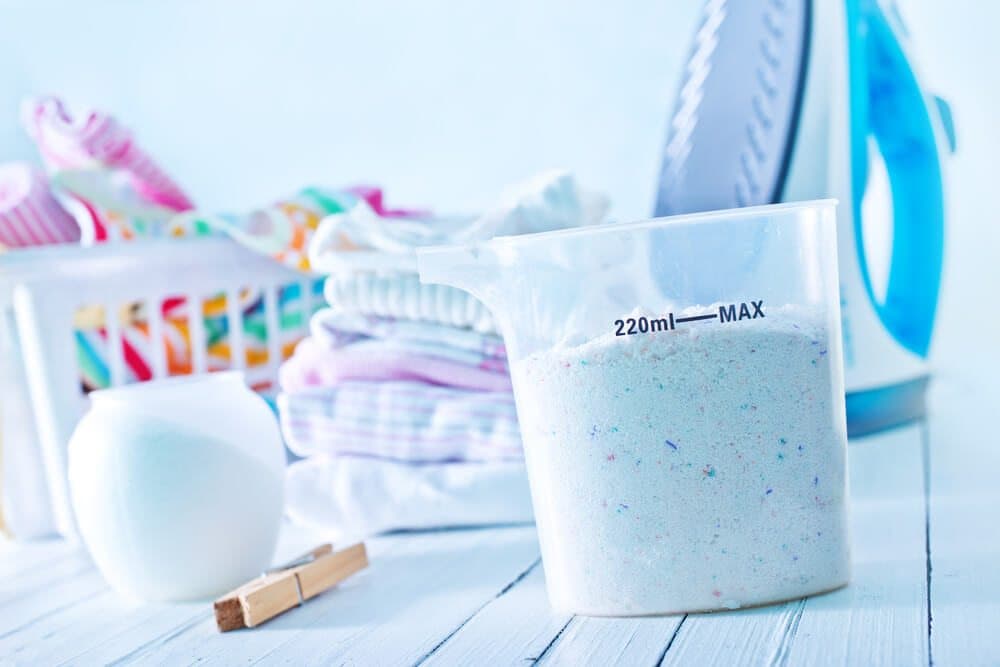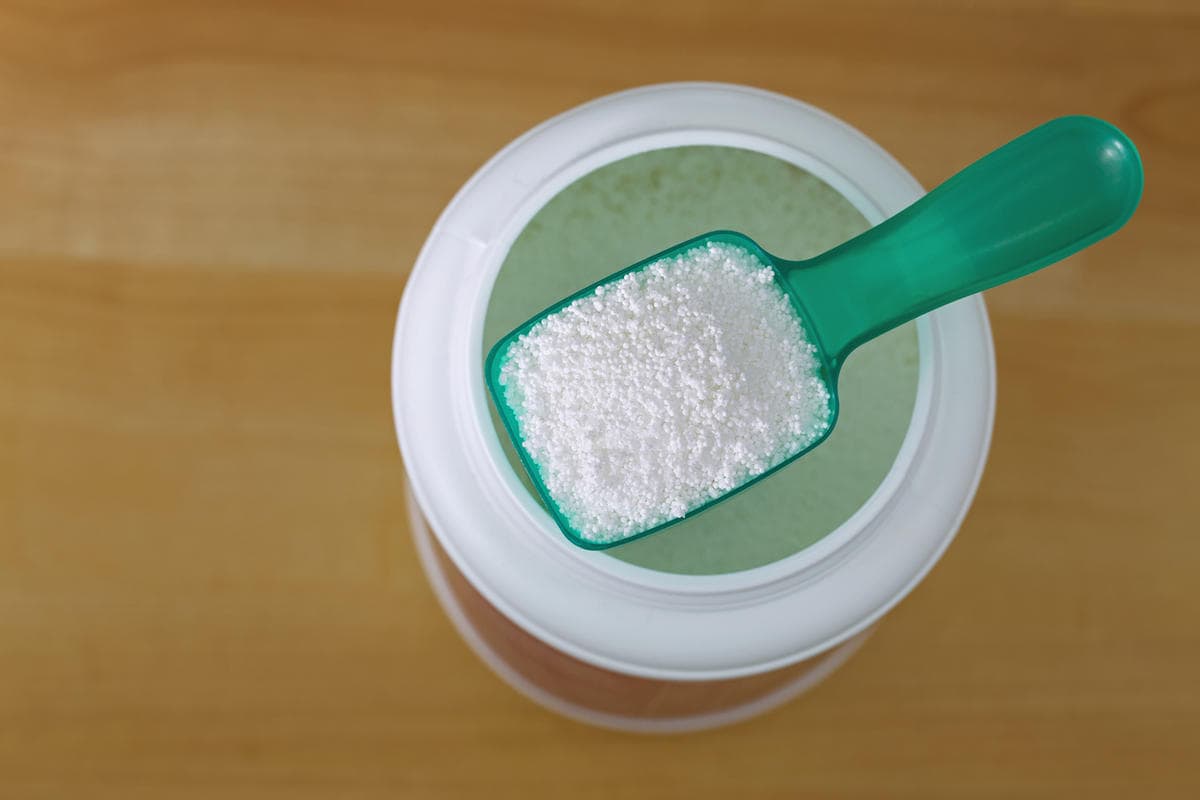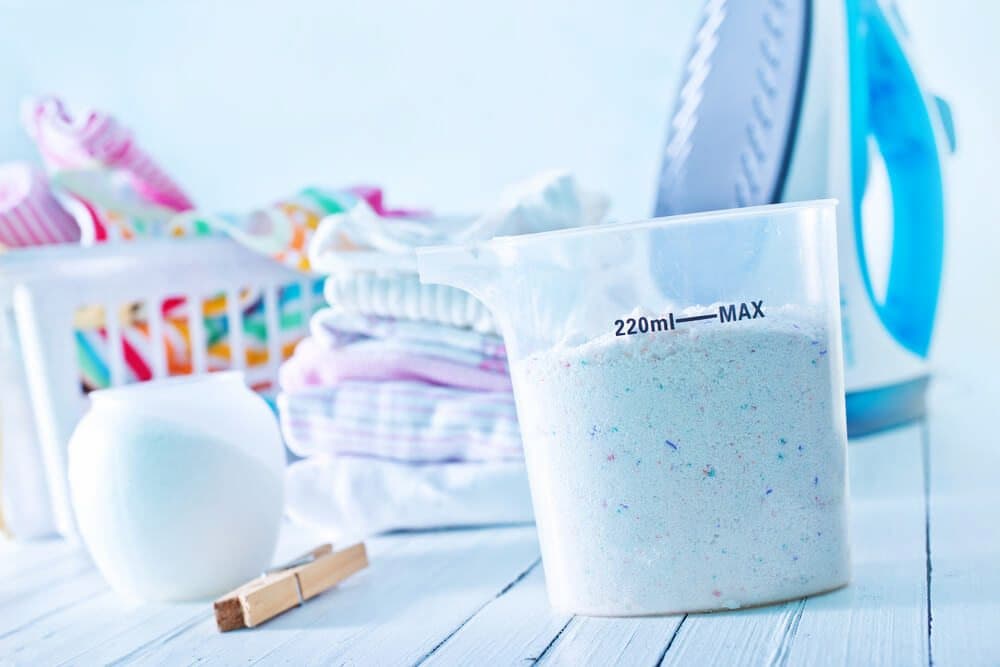talcum powder cancer uk research paper+buy
In this article we are going to talk about Talcum Powder Cancer UK Research Paper Brief which is very useful for you
safe talcum powder UK
Much research has been done regarding the connection between talcum powder and cancer in the UK and here we try to provide you with a brief report
Ovarian cancer is still the deadliest form of gynecological cancer, primarily because the prognosis for patients diagnosed with the illness at a late stage is so dismal
Because screening approaches have been shown to be unsuccessful in a significant majority of cases, it is crucial to identify modifiable risk variables in order to possibly minimize the mortality rate caused by ovarian cancer
There is mounting evidence from epidemiological studies that chronic inflammation has a significant role in the development of ovarian cancer
The presence of a greater number of lifetime ovulatory cycles, endometriosis, and pelvic inflammatory illness are all examples of risk-associated pro-inflammatory exposures
The reduced risk associated with tubal ligation and hysterectomy may be a reflection of limited exposure to environmental causes of inflammation through the fallopian tubes, whereas the reduced risk associated with low exposure to aspirin suggests that direct anti-inflammatory actions are taking place
It has been proposed that the use of body powder, and more specifically the usage of perineal talc, is another possible pro-inflammatory risk that may be associated with the risk of ovarian cancer
A number of case-control studies have shown a correlation between the use of genital powder and an increased likelihood of developing ovarian cancer
In 2010, the International Agency for Research on Cancer (IARC) categorized the usage of genital talc as being in the “probably carcinogenic to humans (carcinogen group 2B)” category
However, two prospective cohort studies that evaluated the use of genital powder prior to the formation of cancer found no evidence to indicate a higher risk of ovarian cancer overall (in studies n=307 and 428 cancer was involved)
The Nurses’ Health Study found that there was an elevated risk of serous invasive ovarian cancer, which is the most prevalent and lethal subtype
However, a more recent analysis validated this conclusion in 185 cases of serous invasive ovarian cancer
was not repeated between This information comes from the Women’s Health Initiative
There has already been a discussion that provides a full review of the difficulties associated with analyzing self-reported talc exposure in epidemiological research
Since 2014, many legal actions have been taken against manufacturers of talc powder on behalf of women who have been diagnosed with ovarian cancer
As a consequence, the topic has received extensive attention in the media
Therefore, there is still cause for worry about the possibility of memory bias in modern case-control studies of talc usage and the risk of ovarian cancer
There have only been a few of research that has investigated whether or not using body powder is linked to an elevated risk of ovarian cancer in African American women
It has been shown that the percentage of African American women who use body powder is much greater than the percentage of non-Hispanic White women who use it
Despite the fact that the incidence of ovarian cancer in African American women is much lower than that of non-Hispanic white women in the United States the mortality rate from the disease is still rather high
Two earlier case-control studies examined the connection between using genital powder and the risk of developing ovarian cancer, taking into account participants’ races and ethnicities

talcum powder cancer symptoms
Based on 128 African American instances that occurred over the course of one or more years, the first study indicated an advanced [adjusted odds ratio (OR) (95% confidence interval (CI
: 1
56 (0
80–3
04), but the results were not statistically significant
a correlation between the usage of talc and 143 African American volunteers who served as controls
[unadjusted OR (95% CI): 5
08 (1
32–19
6)] The second research found a considerably elevated risk based on fewer numbers (35 cases and 23 controls)
Schildkraut et al
offer data that show a positive connection between body powder usage and ovarian cancer risk from a large (>500 cases) case-control study of African American women in the United States
These data are from research that was published in the most recent edition of CEBP
There was a significant positive association between the use of ‘any’ genital powder and ovarian cancer only among the group of cases and controls interviewed after 2014 (adjusted odds ratio (OR)
) (95% confidence interval CI): 2
91 (1
70–4
97) when the talc–ovarian cancer association was widely discussed in the media
This is an interesting piece of data that was found in the study
There was no relationship between the use of ‘any’ genital powder and ovarian cancer based on the results of interviews with 351 cases and 571 controls conducted before 2014
Risk (OR (95% CI) = 1
19 (0
87–1
63), and the p-interaction value was equal to 0
005
The authors pointed out that the publicity surrounding the recent litigation may have had a role in the increased number of body powder recalls and reports in both instances
And finally, in Table 2, the prevalence of ‘any’ genital powder use among controls was comparable over the two time periods (34% of controls reported any genital powder use)
On the other hand, the proportion of cases reporting ‘any’ genital powder use inc
was (substantially) higher among those interviewed in or after 2014 (51
5% versus 36
5% before 2014)
It would also be helpful to assess the primary research outcomes pertaining to frequency, length, and lifetime applications stratified by the interview date whether the interviews were conducted in 2014 or 2014 respectively
Additional results from this research should be discussed more since they merit it
The positive association between powdered use and ovarian cancer was found to be specific to genital use in a recent meta-analysis of individual participant data in eight studies conducted by the Ovarian Cancer Association Consortium (OCAC)

talcum powder alternative
On the other hand, those of non-genital use was associated with zero (pooled OR (95% confidence interval (CI) = 0
98 (0
89–1
07
The specificity of the correlation provided support for the hypothesis that there is a causal connection between the use of genital powder and ovarian cancer [18]
The current study measured the use of “any” genital powder [OR (95% CI): 1
44 (1
11–1
86)] and non-genital powder use only [(1
31 (0
95–1
79)] reported increased ovarian cancer risk with both, in an analysis limited to postmenopausal women with statistically significant results in both categories
The study measured the use of “any” genital powder
In the current investigation, there was a lack of detail about the location, frequency, and duration of body powder usage
may also be a reflection of difficulties associated with retaining specifics of the information
In addition, where a distinct binary association is not there at all, or when analyzing a trend using a category, this might cause a trend to appear where none previously existed
When the scope of the study was narrowed to include just talc users, a recent OCAC analysis found no indication of an upward trend in lifetime application
In certain research, the capacity to assess a trend among those who were exposed could be hindered by the small sample size
On the other hand, the prevalence of any genital talc usage in the current research should be adequate to examine changes in frequency and duration among women who reported using the powder
The current research underlines the worry regarding memory bias in case-control studies, especially after exposure becomes the topic of extensive media attention
[Case-control studies] are a kind of study that compares people who have the disease with those who have New ovarian cancer case-control studies will be required in order to develop creative approaches to defend against information bias in the estimate of the risk of genital powder usage or talc exposure
In conclusion, the findings of the biggest case-control research done to date on ovarian cancer in African American women provide evidence for a probable link between the use of body powder and an increased risk of ovarian cancer
Nevertheless, the data point to possible limits of recollection bias, which call for a careful interpretation





